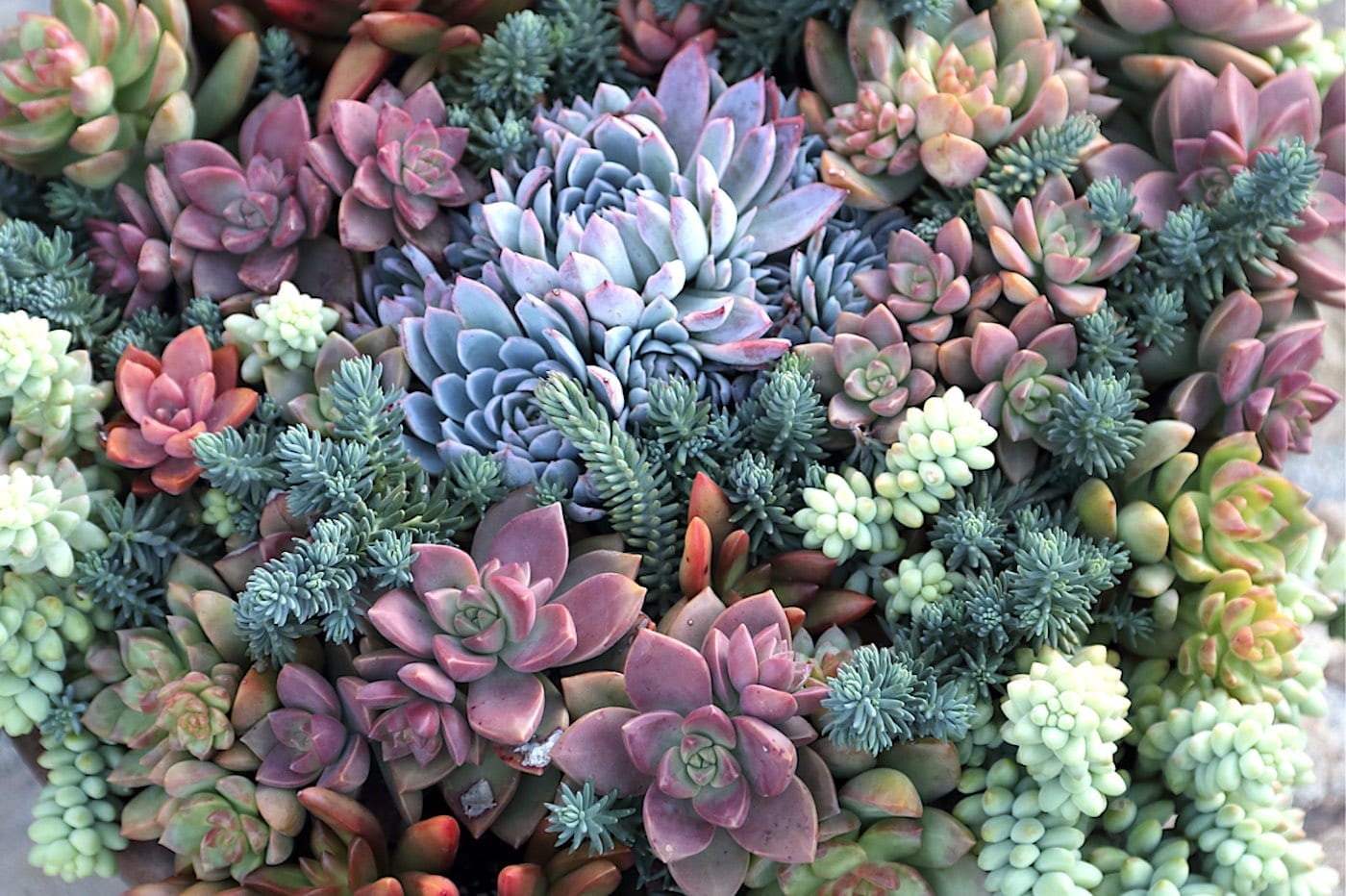Succulents are still the darlings of floral design – just with a new spring attitude.
By Angela Caraway-Carlton
If there were an imaginary popularity contest in the floral world, sleek and easy-going succulents — which continually dominate gardens, homes, eco-chic hotels, and even wedding bouquets — would certainly snag the award for “Most Popular Plants.” But after years of floral fame, can these fleshy jewels continue to withstand time and trends? Debra Lee Baldwin, an award-winning garden photojournalist and author who’s written three best-selling books on succulents, including the recently released Designing with Succulents, sure thinks so — if you’re willing to think outside the proverbial (plant) box this spring.
“Each time I visit my local succulent specialty nursery, which is several times a month, I’m blown-away by new hybrids that I haven’t seen before,” says Baldwin, widely known as the “Succulent Queen.” She lives in California where the succulent design trend first blossomed and continues to flourish. When it comes to designing with succulents in gardens, landscapes, and containers, she adds, “Also, the level of sophistication continues to grow.”
If you’re looking for new ways to “succ it up” this spring, try these three plant-forward design tips by Baldwin.
Place succulents in simple square pots arranged in a four-box design. Within each container, place rosette succulents in a pleasing pattern, such as a tic-tac-toe of Echeverias surrounded by smaller-leaved sedums.
Cacti, Baldwin says, are the “new black.” With their sharp and spiky exteriors, these succulents used to be a hard sell in the design world — but their symmetry and halo-like silhouettes (especially when backlit) are undeniably appealing. Start with a rotund one like Mammillaria bocasana, for a highly textural look perfect for a bright windowsill, and that will offer vibrant pops of floral color in spring.
For the “look” of flowers, combine a stunning arrangement of three types of rosette succulents. Baldwin suggests Echeverias and Graptopetalums with fine-leaved sedums for filler. “Also look for crosses of those genera,” she says, “such as Sedeverias, Graptosedums, and Graptoverias. They’re tough and blush shades of pink, lavender, rose-red, and orange when given adequate sun.”
“These plants like the same living conditions that you do. They like warmth, sunlight and humidity that’s not so high that you’re dripping.”
~ Debra Baldwin
To keep them looking their best, Baldwin suggests placing them where there is good air circulation — and bright light is key. “Set them on or near a windowsill, provided the light isn’t so harsh that the leaves sunburn. Once a week, give them a quarter turn for even light exposure to keep them symmetric.”
Keep in mind that succulents are “low-water plants,” not “no-water plants,” Baldwin adds. Roots should be hydrated, but not sodden, so wait until the soil is nearly dry before watering. Soil moisture “should be comparable to a wrungout sponge.” Lastly, when potting your succulents, make sure everyone plays nice in the container together. “You wouldn’t combine a shade-loving motherin-law tongue (Sansevieria), with a cactus that needs full sun and very dry soil.”
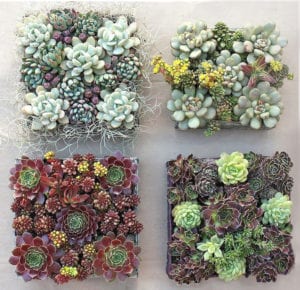
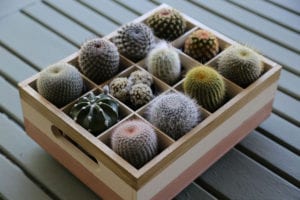
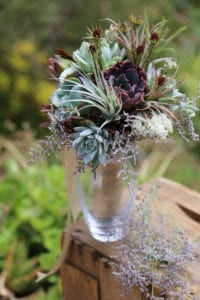
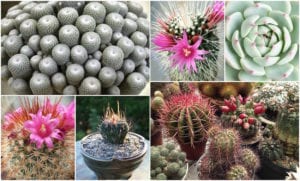
For more tips on growing and designing with succulents, go to debraleebaldwin.com to obtain her books and visit her YouTube channel.

